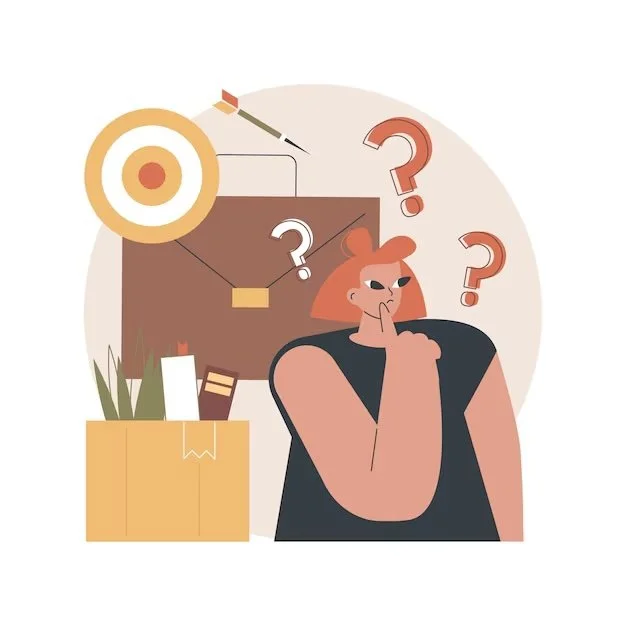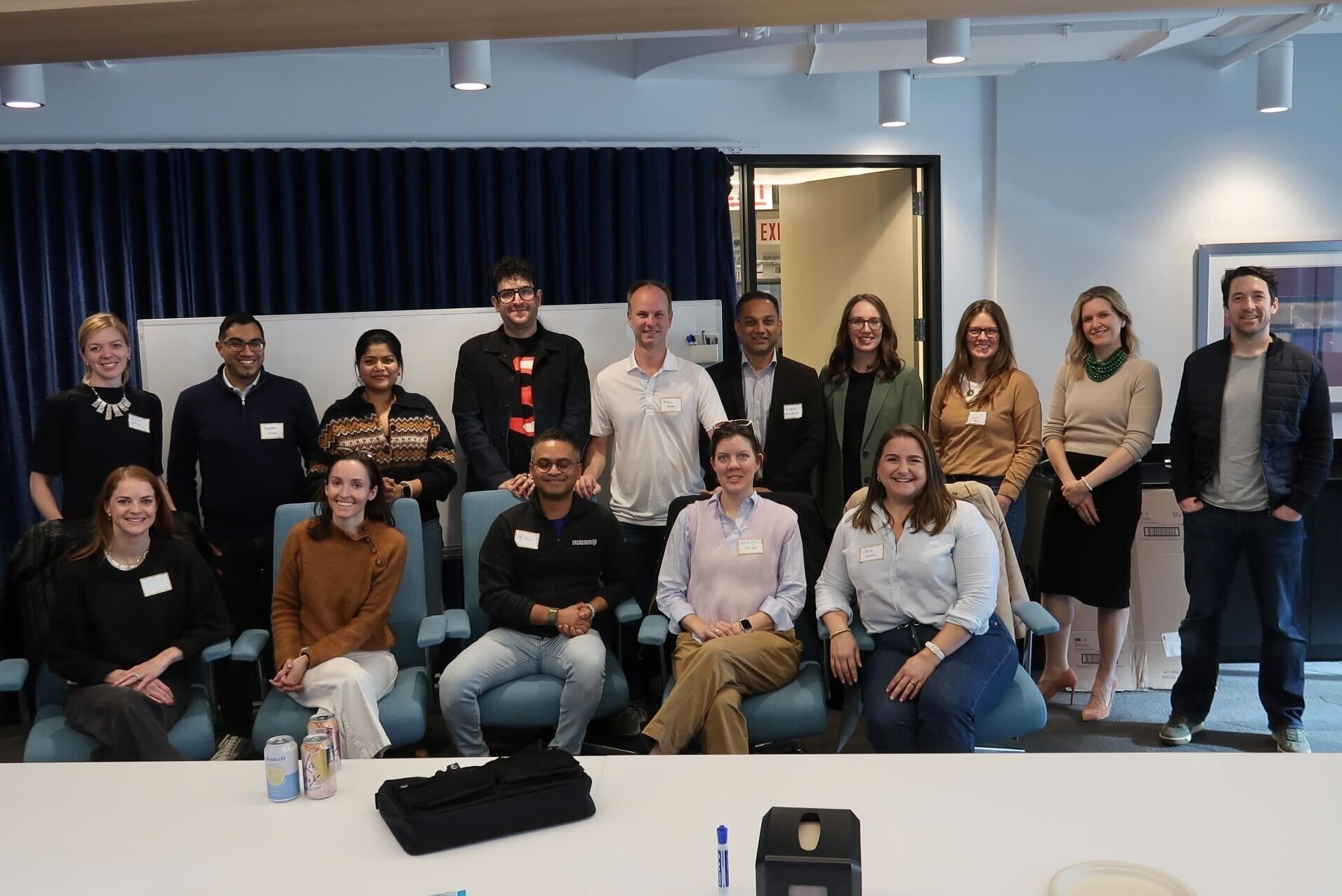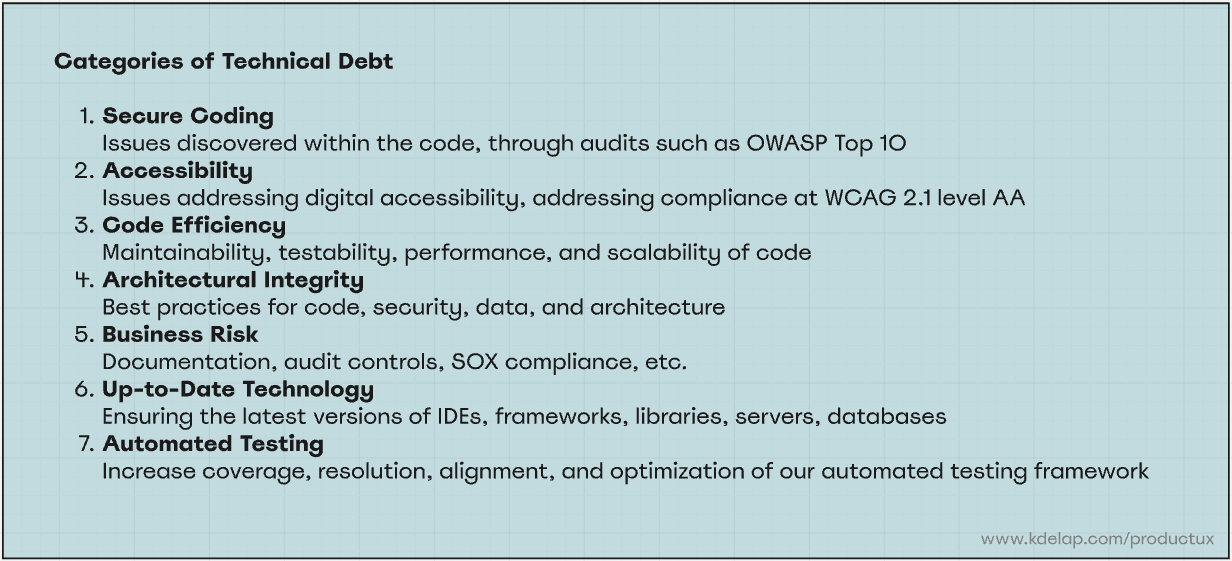Product teams constantly make decisions rooted in beliefs about their users, market conditions, and solutions. The challenge emerges when these beliefs remain unexamined—when teams operate as if their assumptions are established facts. In Continuous Discovery Habits: Discover Products that Create Customer Value and Business Value, Teresa Torres highlights how teams must actively identify and test the assumptions that drive their product decisions, particularly those tied to meaningful business outcomes.
The risk lies not in holding assumptions, but in failing to recognize them as such. Unacknowledged assumptions become invisible drivers of product direction, potentially leading teams to build solutions for non-existent problems or chase metrics that don't actually matter. When assumptions masquerade as certainties, teams lose their capacity for genuine learning and user-centered discovery.
Torres advocates for connecting discovery work directly to desired outcomes, but this connection only works when teams honestly surface what they're taking for granted. High-performing product teams distinguish themselves by making assumption identification a regular practice, transforming invisible beliefs into testable hypotheses. Testing your assumptions is a much quicker and more repeatable process than testing new features. To test an assumption, you are simply looking for confirming or disconfirming evidence to support or dispute, which can prevent continuing on an unadvisable path.
Torres groups assumptions into five categories: Desirability, Viability, Feasibility, Usability, and Ethical. Grouping assumptions can help you see where your blind spots are, or in what ways you might carry bias.
Consider a recent feature your team shipped or is currently building. Chances are, it's built on a foundation of assumptions about user behavior, business impact, technical feasibility, and competitive landscape. Some of these assumptions may be well-founded, others completely wrong. Without a deliberate practice of assumption identification and testing, you're essentially building blindfolded.
STAND-UP EXERCISE
Choose a current project, feature, or initiative your team is working on. As a group, spend 15-20 minutes identifying the assumptions underlying this work. Use these prompting questions:
User Assumptions:
What do we assume about who will use this feature? Does anyone want it?
What problem do we assume this solves for them? How prevalent is that problem?
How do we assume users will discover and adopt this?
Is there any potential harm to our users in building this? (Think about data storage, categorization, user habits / dark patterns, disruption, etc.)
Business Assumptions:
What impact do we assume this will have on our key metrics? Or will it support our broader business goals?
What do we assume about the competitive advantage this creates?
Technical Assumptions:
What do we assume about the technical feasibility or complexity?
Do we assume this passes our legal / security / compliance safe guards?
What do we assume about performance, scalability, or maintenance?
Market Assumptions:
What do we assume about timing—why now?
What do we assume about our users' current alternatives?
After identifying 8-12 assumptions, categorize them:
Validated: We have evidence supporting this assumption
Testable: We could easily gather evidence for this assumption
Risky: This assumption, if wrong, would significantly impact the project's success
Pick the 2-3 most risky assumptions and discuss: What's the smallest test we could run to validate or challenge this assumption? Could we test it through a customer interview, analytics review, prototype, or small experiment?
Remember: This exercise aims to illuminate assumptions, not eliminate them entirely—that would be impossible and counterproductive. The value lies in making hidden beliefs visible and focusing testing efforts on assumptions that could significantly impact your project's trajectory. Torres' approach to continuous discovery centers on weaving customer insights into everyday product decisions, and systematic assumption testing provides a concrete method for achieving this integration.
This exercise works best when teams approach it with curiosity rather than defensiveness. The assumptions you uncover aren't failures—they're opportunities to learn and build better products.





